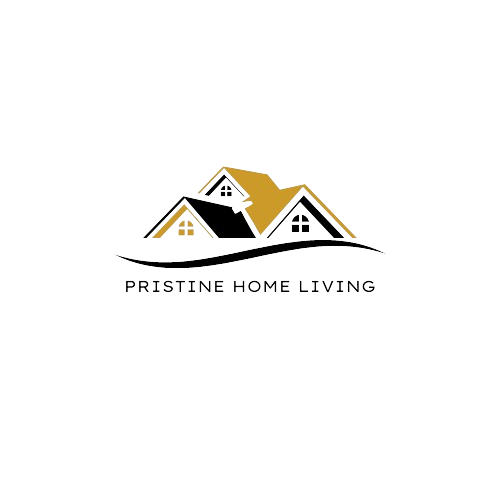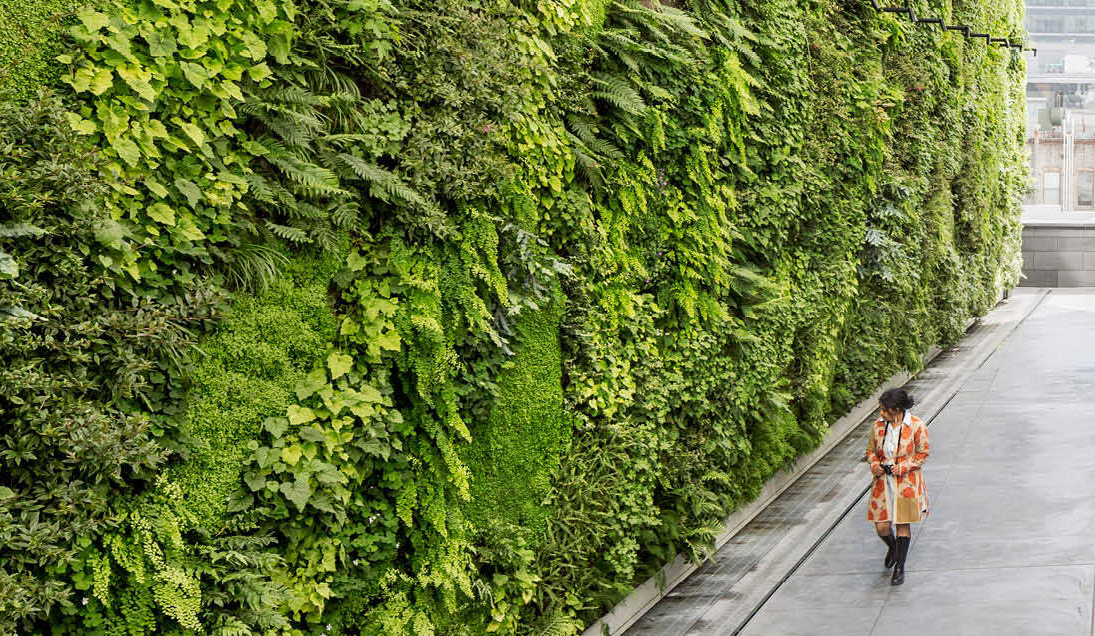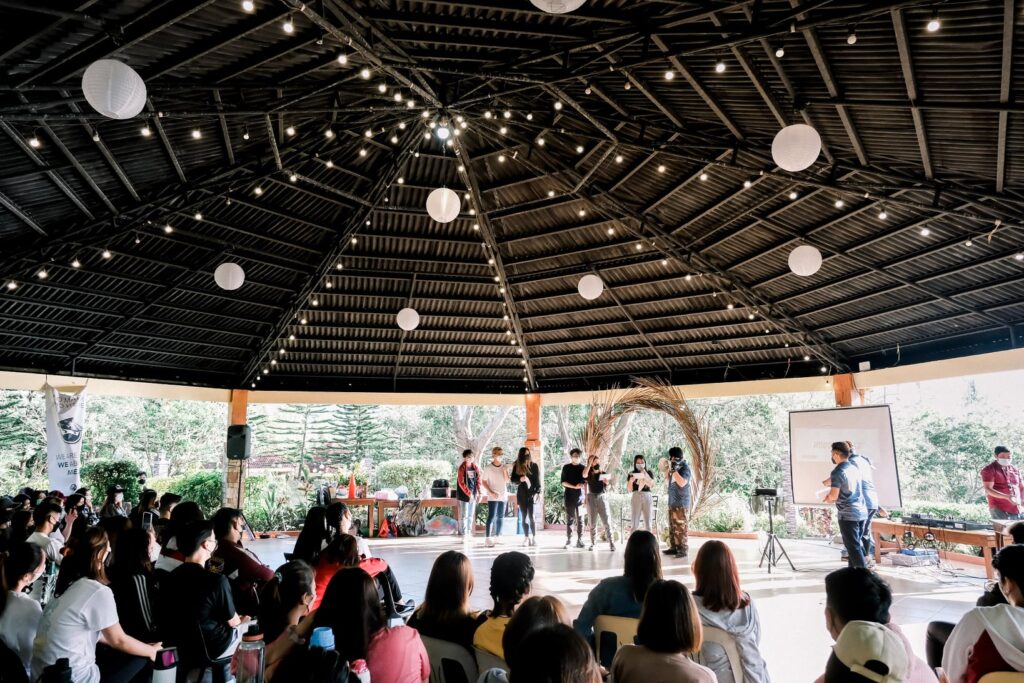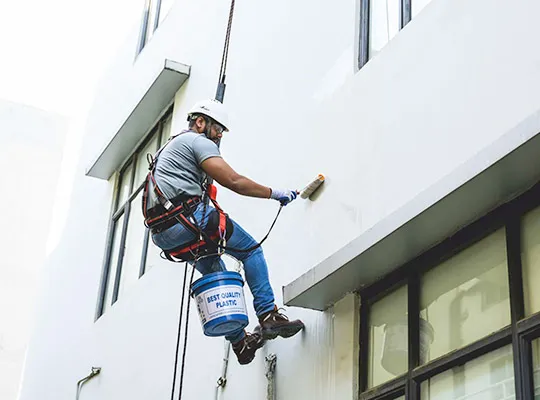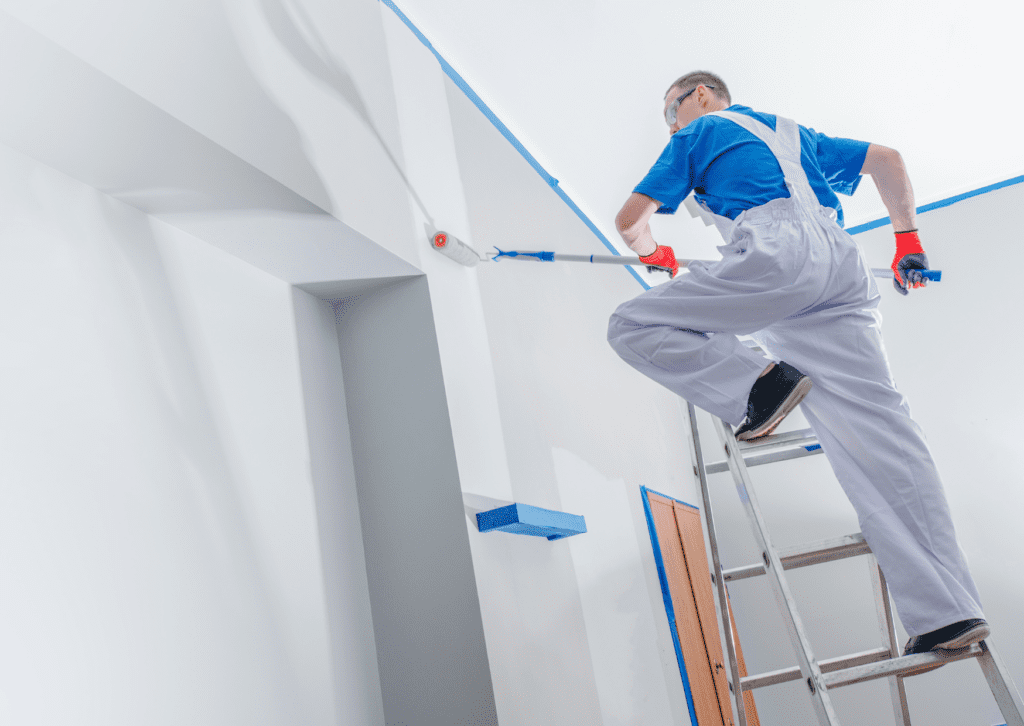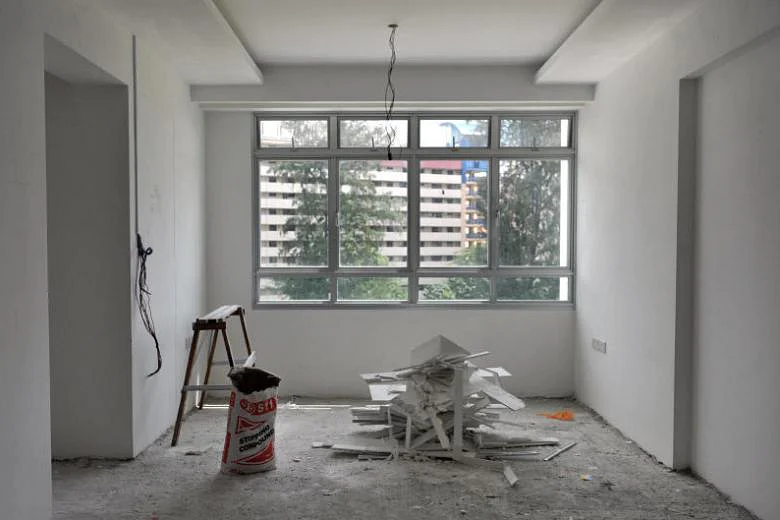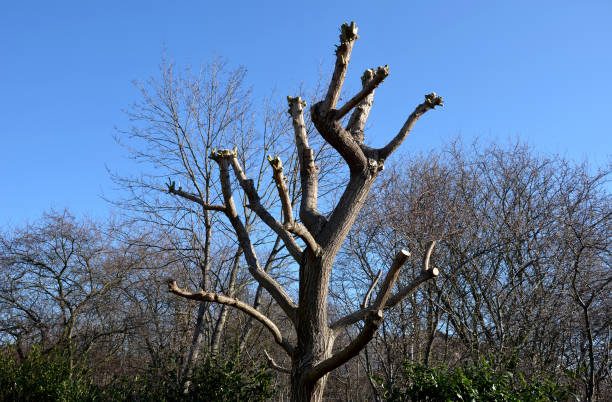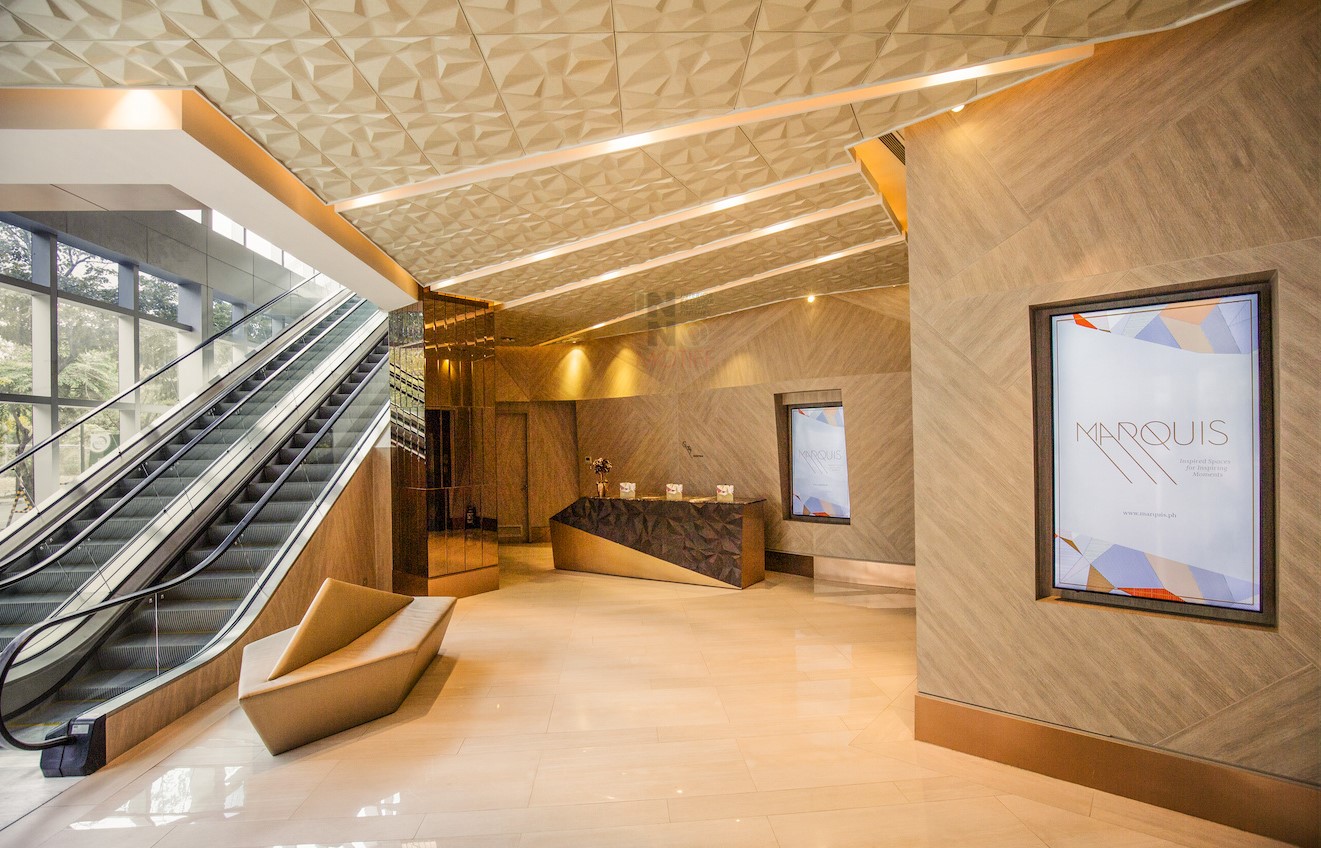A vertical green wall system is a revolutionary way to integrate nature into both indoor and outdoor spaces. Unlike traditional gardens, these walls grow plants vertically on structures attached to walls or freestanding frameworks, allowing buildings and homes to benefit from greenery without occupying valuable floor space. This innovative system combines horticulture, architecture, and sustainability, creating living walls that are visually striking while providing environmental and psychological benefits. Vertical green walls can be adapted to various climates and building types, offering flexibility for designers and property owners. With technological advancements in irrigation, materials, and plant selection, vertical green walls have become more accessible and easier to maintain than ever. Whether used for aesthetic enhancement, air purification, or energy efficiency, the vertical green wall system is transforming how people experience green spaces. Understanding its components and benefits can help anyone make informed decisions about installing one in their home, office, or urban project.
Understanding Vertical Green Wall Systems
A vertical green wall system typically consists of panels or modules that hold soil, plants, and sometimes hydroponic solutions, all supported by a frame attached to a wall or freestanding structure. These systems often include integrated irrigation and drainage mechanisms to ensure plants receive the water and nutrients they need for optimal growth. Unlike green facades, where climbing plants grow directly on trellises, vertical green walls use modular units to simplify planting, maintenance, and replacement. Some walls are designed for indoor environments, with specialized lighting and humidity control, while others thrive outdoors with natural sunlight and weather exposure. The choice of system depends on factors such as wall size, location, climate, and the types of plants selected. Modern vertical green wall systems can also incorporate smart sensors to monitor water levels, temperature, and plant health, making maintenance more efficient. By understanding these core components, property owners can create a thriving vertical garden that enhances their space sustainably.
Benefits of Installing a Vertical Green Wall System
Vertical green walls offer a wide range of advantages that go beyond aesthetics. One of the primary benefits is improved air quality. Plants in living walls can absorb carbon dioxide, release oxygen, and filter pollutants, helping create a healthier environment for residents or employees. These walls also act as natural insulators, reducing heat absorption in buildings and lowering energy costs for air conditioning. Noise reduction is another significant advantage, as dense foliage can dampen urban sounds and create quieter, more serene indoor environments. Psychologically, vertical green walls provide a connection to nature that has been linked to stress reduction, increased focus, and overall well-being. In commercial settings, living walls enhance brand image by demonstrating a commitment to sustainability. A vertical green wall system can transform plain walls into vibrant focal points, improving both interior and exterior aesthetics while delivering tangible environmental benefits.
Types of Vertical Green Wall Systems
There are several types of vertical green wall systems, each with unique advantages and considerations.
- Modular Panel Systems: These systems use pre-planted panels that are easy to install, replace, and maintain. They provide uniform coverage and are ideal for commercial and residential applications.
- Hydroponic Systems: Using water-based nutrient solutions, hydroponic walls eliminate the need for soil, reducing weight and making them suitable for indoor installations.
- Felt or Fabric-Based Walls: Lightweight and flexible, these systems allow plants to grow in pockets of fabric or felt, often with automatic irrigation for convenience.
When choosing a system, consider durability, maintenance requirements, and installation complexity. Modular panels are often preferred for their ease of use, while hydroponic systems excel in indoor environments where soil management is challenging. Felt-based systems are excellent for creative or custom designs but may require more frequent monitoring to prevent drying out.
Design Considerations for a Vertical Green Wall System
Creating a successful vertical green wall system requires thoughtful planning. Plant selection is critical, as not all species thrive in vertical arrangements or limited sunlight. Common choices include ferns, succulents, ivy, and flowering plants that tolerate indoor conditions or partial shade. Structural considerations are equally important; the wall must support the weight of the plants, soil, and water, especially for larger installations. Irrigation and drainage systems must be designed to deliver water evenly while preventing leaks or water damage. Color, texture, and growth patterns should be incorporated to enhance visual appeal. Seasonal planning ensures the wall remains attractive year-round, requiring a mix of evergreen and flowering species. Collaborating with horticultural experts or using pre-designed modules can simplify the process and ensure long-term success.
Installation Process and Maintenance Tips
Installing a vertical green wall system begins with assessing the wall’s load-bearing capacity and selecting a suitable framework. Most systems involve attaching a support structure to the wall, followed by adding panels or planting pockets. Automated irrigation systems are often integrated at this stage to simplify watering and nutrient delivery. After planting, ongoing maintenance ensures the wall remains healthy and visually appealing. Regular tasks include checking irrigation, pruning plants to encourage growth, fertilizing periodically, and monitoring for pests. Avoiding common mistakes such as overcrowding plants, using inappropriate species, or neglecting watering schedules can prevent long-term problems. Technology like moisture sensors and timed irrigation can make maintenance less labor-intensive, especially for larger walls. By following best practices, a vertical green wall system can remain vibrant and sustainable for many years.
Applications of Vertical Green Wall Systems
The versatility of vertical green wall systems allows them to be installed in a wide range of settings. Residential spaces benefit from greenery in living rooms, kitchens, or balconies, improving air quality and aesthetics. In commercial environments, offices, hotels, restaurants, and shopping malls use vertical green walls to enhance ambiance, create memorable experiences, and showcase eco-conscious values. Urban planners have also adopted these systems to green streetscapes, public parks, and building facades, helping reduce urban heat and improve air quality. Rooftop gardens and interior feature walls are other innovative applications, demonstrating the system’s adaptability. With the right design and plant selection, vertical green wall systems can create immersive green experiences even in small spaces. The integration of living walls into everyday life reflects a growing trend toward sustainable architecture and biophilic design.
Cost Factors and Investment Considerations
Several factors influence the cost of a vertical green wall system. Materials, including panels, plants, irrigation systems, and structural supports, contribute significantly to initial expenses. Labor and installation fees vary depending on wall size, complexity, and professional expertise required. Long-term maintenance, including water, fertilizer, and plant replacement, adds to operational costs. Despite these investments, the system offers long-term value through energy savings, improved indoor air quality, and increased property appeal. Businesses can leverage green walls to enhance branding and sustainability credentials, while homeowners gain a serene, natural retreat. Evaluating both upfront costs and potential returns can help determine the right system for any space.
Future Trends in Vertical Green Wall Systems
Innovation continues to shape the vertical green wall system industry. Smart irrigation and automated nutrient delivery systems are making maintenance easier and more efficient. Renewable energy integration, such as solar-powered pumps and sensors, contributes to sustainable building practices. Plant breeding and selection are evolving to provide resilient species suitable for diverse climates and indoor conditions. Modular and customizable designs allow for rapid installation and creative layouts. Community initiatives are also using vertical green walls to transform urban spaces, enhance air quality, and promote environmental awareness. As technology and awareness grow, vertical green wall systems are likely to become a standard feature in sustainable architecture.
Frequently Asked Questions
How long does a vertical green wall system last?
With proper maintenance, a vertical green wall system can last 10–15 years or more. Regular pruning, irrigation, and plant replacement are key to longevity.
What types of plants grow best in vertical walls?
Ferns, succulents, ivy, pothos, and flowering plants like begonias are commonly used. Plant selection depends on lighting, climate, and wall orientation.
Can a vertical green wall be installed indoors without sunlight?
Yes, using low-light-tolerant plants and artificial grow lights ensures healthy indoor growth. Hydroponic or felt-based systems work particularly well indoors.
How often should vertical walls be watered and maintained?
Watering frequency varies by plant type and system, but most walls require irrigation several times per week. Fertilization every 4–6 weeks and regular pruning is recommended.
Is a vertical green wall system suitable for small apartments?
Absolutely. Compact modular panels or small-scale hydroponic walls allow apartment dwellers to enjoy greenery without taking up floor space.
Takeaway
A vertical green wall system offers an innovative approach to merging nature with architecture, delivering environmental, aesthetic, and psychological benefits. From residential balconies to large commercial facades, these living walls improve air quality, reduce energy consumption, and transform ordinary spaces into vibrant, sustainable environments. By carefully selecting plants, designing for the space, and implementing proper maintenance, anyone can enjoy the advantages of vertical greenery. The future of sustainable architecture is green, and vertical walls are at the forefront of this movement, combining beauty, functionality, and environmental responsibility in one elegant solution.
